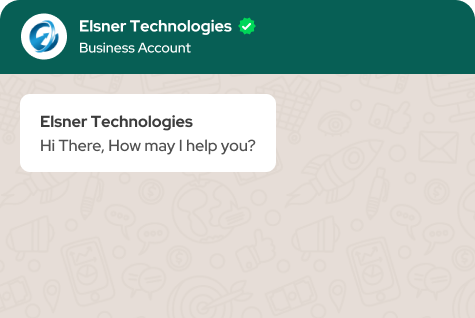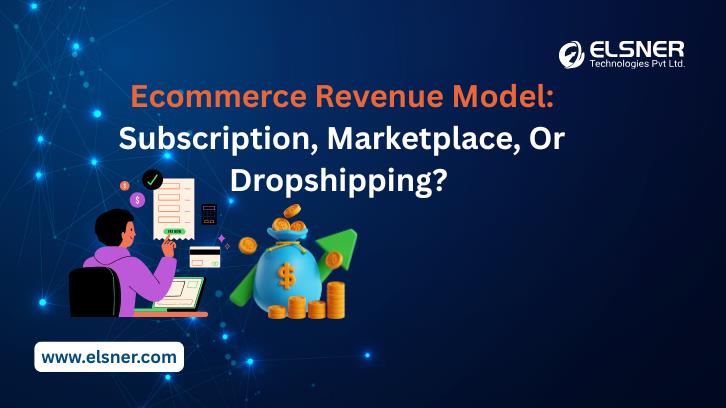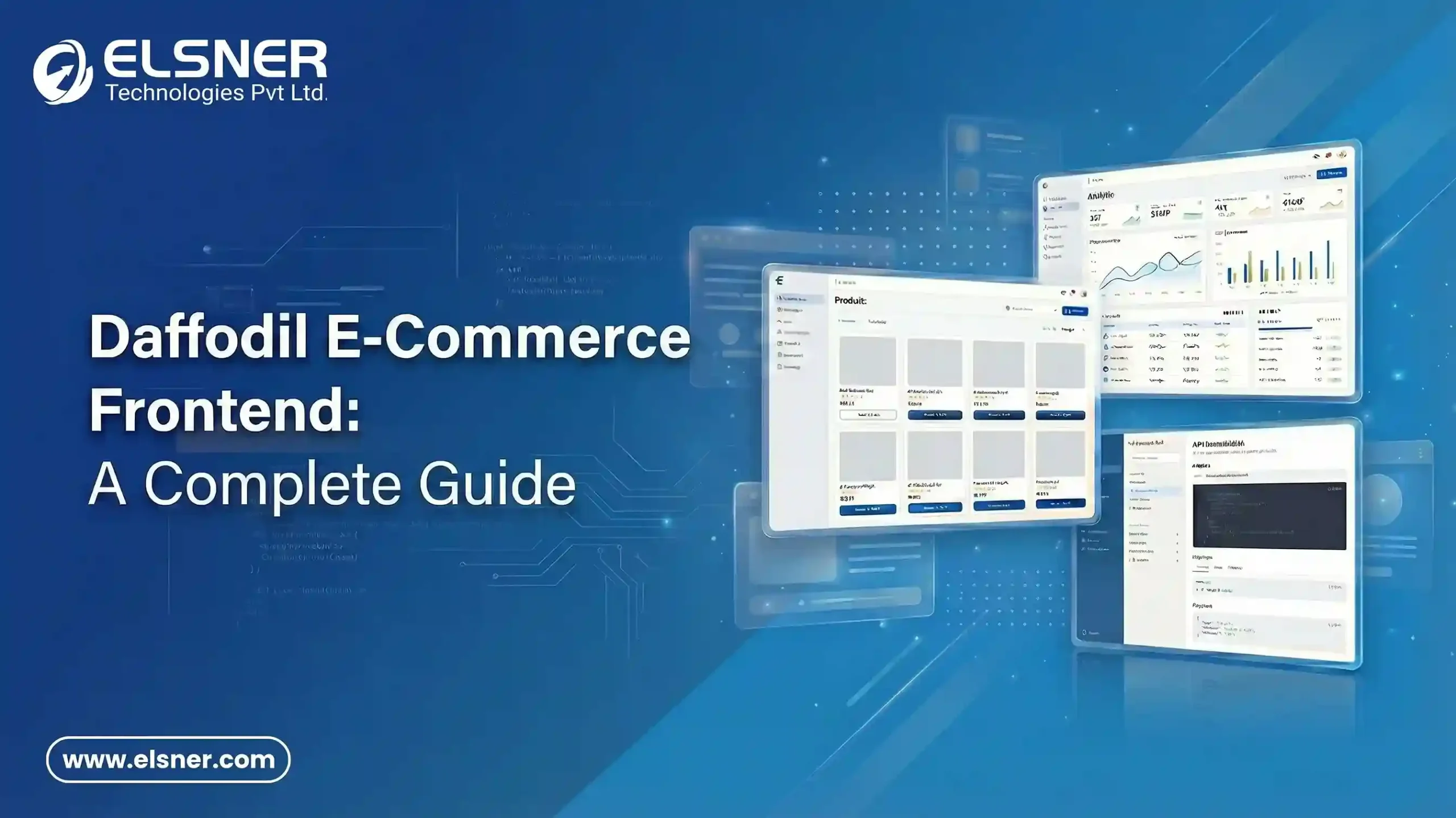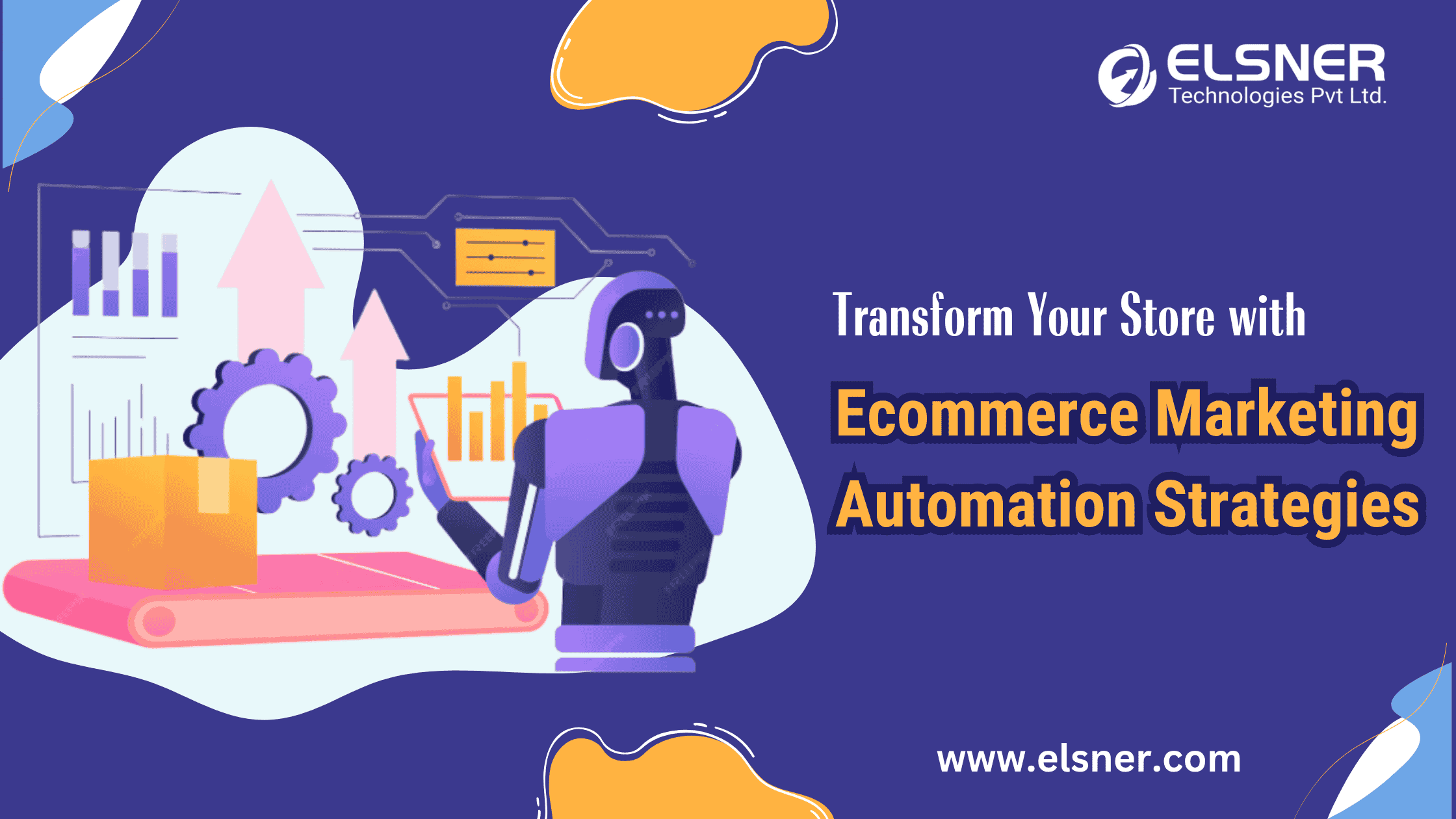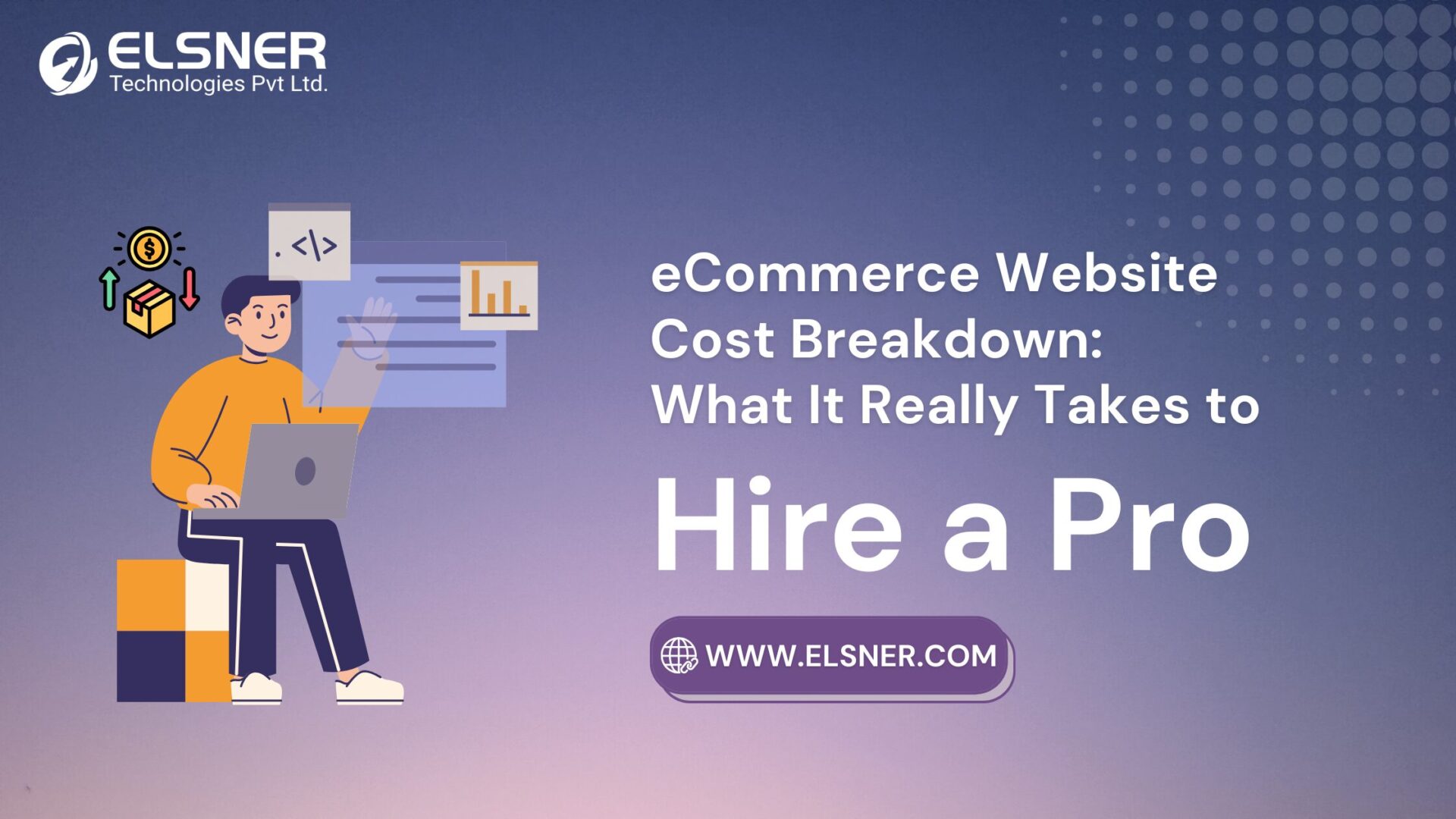- Why Your E-commerce Revenue Model Matters
- 1. Subscription E-commerce Model
- Why It Works:
- Challenges to Consider:
- Best Fit For:
- 2. Marketplace E-commerce Model
- Why It Works:
- Challenges to Consider:
- Best Fit For:
- 3. Dropshipping E-commerce Model
- Why It Works:
- Challenges to Consider:
- Best Fit For:
- Comparing the Models
- How SaaS E-commerce Solutions Fit In
- Launch Your Online Store Today
- Which Model Should You Choose?
- Scaling Your Chosen Model
- Final Thoughts
- Frequently Asked Questions
- 1. What is the best e-commerce revenue model for beginners?
- 2. Can I switch my e-commerce revenue model later?
- 3. Do SaaS ecommerce solutions work for all revenue models?
If you’re starting an online store or looking to scale an existing one, your first big decision isn’t just about products, branding, or marketing—it’s about how your business will make money. Choosing the right ecommerce revenue model can determine whether you thrive or struggle in a competitive market.
From subscription services to marketplace platforms and dropshipping, each option offers unique advantages and challenges. This guide will walk you through each model, how it works, when to choose it, and what to watch out for. We’ll also look at how SaaS ecommerce solutions and Ecommerce Development Services can help you build the right foundation, no matter which model you choose.
Why Your E-commerce Revenue Model Matters
In the rush to launch an online business, it’s tempting to follow trends without digging into the business math. But your e-commerce revenue streams affect far more than just pricing. They impact:
- Cash flow stability – Will revenue be recurring or unpredictable?
- Customer retention – Does your model encourage repeat business?
- Operational complexity – How much inventory, logistics, and technology do you need?
- Scalability – Can the model handle rapid growth without breaking your systems?
Think of it like building a house: your products are the furniture, your marketing is the décor, but your revenue model is the foundation. Get that wrong, and everything else wobbles.
1. Subscription E-commerce Model
The subscription model charges customers a recurring fee (monthly, quarterly, or annually) in exchange for continuous access to products or services. Think Birchbox for beauty products, Dollar Shave Club for grooming, or software platforms that run on SaaS ecommerce solutions.
Why It Works:
- Predictable revenue – Subscriptions provide steady cash flow, making financial forecasting easier.
- Higher customer lifetime value (CLV) – Loyal customers spend more over time.
- Upselling opportunities – You can easily introduce add-ons or premium tiers.
Challenges to Consider:
- High churn rates if the value isn’t maintained.
- Ongoing pressure to keep offerings fresh and relevant.
- Operational complexity is shipping physical goods monthly.
Best Fit For:
Businesses offering consumables (such as coffee and pet food), curated boxes, educational content, or digital tools. A SaaS ecommerce guide can help you map out recurring billing systems, automated customer management, and loyalty programs that reduce churn.
Pro Tip: If you choose subscriptions, invest in robust billing and user management through an ecommerce development agency. This prevents payment failures, failed renewals, and subscription drop-offs.
Explore: For secure payment processing, consider reading our comprehensive guide on Magento 2 Payment Gateway Extensions to ensure seamless recurring transactions.
2. Marketplace E-commerce Model
In a marketplace model, your platform connects buyers and sellers—think Amazon, Etsy, or niche industry platforms. You don’t necessarily own the inventory; instead, you earn through listing fees, transaction percentages, or premium seller services.
Why It Works:
- Low inventory risk – Sellers handle their stock.
- Network effect – The more sellers you have, the more buyers you attract (and vice versa).
- Multiple revenue streams – You can charge commissions, ad fees, or membership upgrades.
Challenges to Consider:
- Building trust between buyers and sellers is critical.
- Fierce competition for marketplace dominance.
- Requires sophisticated technology to handle multi-vendor inventory, payments, and disputes.
Best Fit For:
Entrepreneurs who want to focus on building a platform rather than managing inventory. If you already have an audience or niche community, a marketplace could amplify it into a monetizable platform.
Pro Tip: Successful marketplaces invest heavily in Ecommerce development Services to ensure smooth vendor onboarding, secure payment gateways, and scalable site architecture. A poorly built marketplace platform can crumble under high traffic.
3. Dropshipping E-commerce Model
Dropshipping allows you to sell products without keeping inventory. When a customer orders, you forward the order to a supplier who ships directly to them. You keep the price markup.
Why It Works:
- Low startup cost – No inventory investment.
- Wide product selection – You can test many products without upfront purchasing.
- Flexibility – Location-independent business model.
Challenges to Consider:
- Lower margins due to reliance on third-party suppliers.
- Limited control over product quality and shipping speed.
Risk of stockouts if suppliers run out of inventory.
Best Fit For:
Beginners testing product-market fit, side hustlers, or those with strong marketing skills but minimal operational resources.
Pro Tip: Dropshipping requires flawless supplier relationships and seamless integration with your store. When comparing SaaS vs Custom Ecommerce solutions, many SaaS platforms offer plug-and-play dropshipping integrations, but customizing them through an ecommerce development agency can make your store faster, more reliable, and better optimized for conversions.
Comparing the Models
| Feature / Model | Subscription | Marketplace | Dropshipping |
| Revenue Predictability | High | Medium | Low |
| Upfront Investment | Medium | High (Platform) | Low |
| Inventory Risk | Medium | Low | Low |
| Customer Retention | High | Medium | Low |
| Scalability | High with tech support | High with traffic growth | Medium |
| Profit Margins | Medium to High | Variable | Low to Medium |
How SaaS E-commerce Solutions Fit In
Regardless of your chosen ecommerce revenue model, the technology you pick will determine how smoothly you operate. SaaS ecommerce solutions like Shopify, BigCommerce, and Wix offer ready-made frameworks for launching quickly. They’re ideal for testing ideas without heavy development costs.
But SaaS has limitations—especially if you want complex customization, deep integration with third-party tools, or advanced marketplace features. That’s where Ecommerce Development Services come in. A skilled ecommerce development agency can:
- Customize SaaS platforms to match your unique workflow.
- Build subscription billing logic tailored to your products.
- Integrate multi-vendor management for marketplaces.
- Optimize dropshipping automation for speed and accuracy.
For mobile-first experiences, consider exploring Magento 2 PWA Extension to create app-like shopping experiences that work seamlessly across all revenue models.
By combining the speed of SaaS with the flexibility of custom development, you get the best of both worlds—fast launch, plus long-term scalability.
Launch Your Online Store Today
We design and develop ecommerce sites built for your business model—subscription, marketplace, or drop shipping ready to scale fast.
Which Model Should You Choose?
Instead of picking based on hype, match your ecommerce revenue model to your:
- Capital – Subscription and marketplace models require more upfront investment in technology. Dropshipping is the cheapest to start.
- Risk tolerance – Subscription offers stable revenue but requires constant engagement. Marketplaces spread risk but need volume. Dropshipping is low risk financially but higher in operational uncertainty.
- Skillset – Strong marketing skills work well for dropshipping. Marketplace owners need platform-building expertise. Subscription businesses thrive with retention strategies.
Scaling Your Chosen Model
Once you pick your model, focus on scaling it strategically:
- For Subscriptions: Build loyalty programs, test bundle offers, and reduce churn through email flows.
- For Marketplaces: Grow seller networks, improve search algorithms, and introduce premium features.
- For Dropshipping: Streamline supplier partnerships, test new products quickly, and optimize ads.
Whichever you choose, consider partnering with an ecommerce development agency early. You can also hire Ecommerce developer to handle technical aspects and prevent issues. Technical bottlenecks—such as slow page loads, checkout friction, or poor mobile UX—can hinder growth faster than ineffective marketing.
Final Thoughts
Choosing between subscription, marketplace, or dropshipping isn’t just about preference—it’s about aligning your eCommerce revenue streams with your business goals, budget, and risk appetite.
Start small, validate your model, and then invest in SaaS ecommerce solutions or custom builds to scale. The right technology stack and development partner can transform your revenue model from a good idea into a sustainable, profit-generating machine.
Suppose you want expert help setting up or scaling your ecommerce model. In that case, experienced Ecommerce development Services, such as those from Elsner, can ensure your tech matches your ambition—and keeps you competitive in a crowded digital marketplace.
For more insights on ecommerce development and industry trends, visit our comprehensive blog for the latest updates and expert guidance.
Frequently Asked Questions
1. What is the best e-commerce revenue model for beginners?
If you’re just starting, a subscription or dropshipping model can work well, as they have lower upfront costs and simpler operations.
2. Can I switch my e-commerce revenue model later?
Yes. Many businesses begin with one model and later switch to or combine models as they grow and their customer base evolves.
3. Do SaaS ecommerce solutions work for all revenue models?
Primarily, yes—SaaS ecommerce platforms can support subscription, marketplace, and dropshipping models, but custom development may be better for advanced scalability or unique needs.

About Author
Dipak Patil - Delivery Head & Partner Manager
Dipak is known for his ability to seamlessly manage and deliver top-notch projects. With a strong emphasis on quality and customer satisfaction, he has built a reputation for fostering strong client relationships. His leadership and dedication have been instrumental in guiding teams towards success, ensuring timely and effective delivery of services.
